YouTube is highest consumed OTT platform in India: MICA report
For India, 2018-19 has been an exciting year as far as OTT content industry is concerned. The previous year saw an influx of content with various kinds of content offerings across platforms. For the first time, Indian OTT markets looks promising and ever booming. The past year also welcomed new platforms like Ullu, ShemarooMe, MX Player and more. This is the best time for OTT platforms as there is a sudden growth of platforms, with more investments, more content, more consumers and more revenue.
A study by MICA and Communication Crafts on ‘India OTT Platforms’ reveals that in India, the highest consumed platform is YouTube, followed by Amazon Prime Video and the three Indian platforms – Hotstar, Jio Cinema and Voot. YouTube has its monopoly across different markets, as per the report. As compared to the other countries, the capacity of spending for Indians has been the highest.
Globally, the average revenue per user (ARPU) for pay TV is expected to go down to four times that of OTT in 2020, from six times that of OTT in 2017. According to AIB Research, the OTT video market across the world will continue to grow at a brisk pace and with a surge compound annual growth rate (CAGR) of 10 per cent through 2022, the OTT market will generate a massive $51.4 billion. The revenue for the global OTT monitoring and compliance market is expected to increase from $62.0 million in 2018 to $149.7 million in 2024, at a compound annual growth rate (CAGR) of 15.8 per cent over the forecast period.
Time spent on Video Streaming Apps globally went up 140 per cent in 2018 vis-a-vis in 2016 in countries like Australia, India, Indonesia, South Korea and Thailand. It shows the consumption habits shifting from desktop and television to mobile (App Annie, The state of the mobile 2019).
App store consumer spending through subscription spending grew 285 per cent worldwide in the top 5 video streaming apps. Netflix was the top app by annual consumer spend in nearly every country where it has its presence and nearly every time period from 2016 to 2018. The launch of Disney’s streaming service, Disney+, is also expected to disrupt the market across the globe.
“The gloves are off,” Convergence Research declares. “Amazon, Apple, DAZN, Facebook, Google and Netflix all have the money muscle to finance their own productions or outbid on programming, including major sporting franchises. Following the owned content promised along with the OTT platforms owned by the broadcasters, going forward fewer content deals between programmers and independent OTT providers would take place.”
Globally, players are realising importance of creating curated content, in line with viewer preferences. As a result, traditional players as well as digital natives are making significant investments to build their content pipeline. Players like Netflix invest aggressively to match 3x the investment made by top players like Amazon Prime and Hulu (BCG December 2018). The average money spent on content for OTT platforms is higher than the average content cost for television in emerging markets like India.
In India, many of the users are first generation OTT content consumers. Since these areas are non-urban markets, which are supposed to have an inflow of mainstream content, the new consumers have been attracted to regional content. A combination of regional promise on an AVOD platform works very well for such regional markets. At the same time, the consumer on OTT platforms is a global Indian consumer. There is a complex mix of ‘glocal’ socio-cultural insights that the OTT players have been following, which is a reflection of the consumer of today.
The linearity of consumption is getting redefined. The narratives are getting shorter. The series seasons are seen getting realigned to international standards of one hour and 10 episodes.
The OTT SVOD market is expected to increase due to growth in GDP per-capita, increase in number of smartphone users, worldwide internet penetration, etc. Yet, the market faces some challenges such as, content piracy, censorship, low internet speed, etc. With technological innovations like block chain, 5G services, and local CDN networks, these challenges will no more remain like challenges.
Also Read
Creative rethink: Standalone 6-seconders aren’t memorable
Indepth: Analysing OTT platforms’ ‘sachet’ hook for consumers




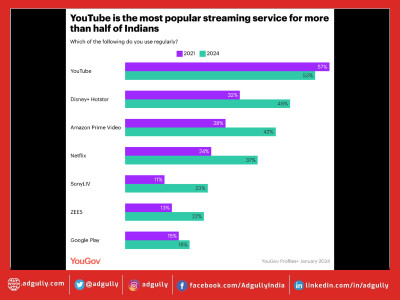
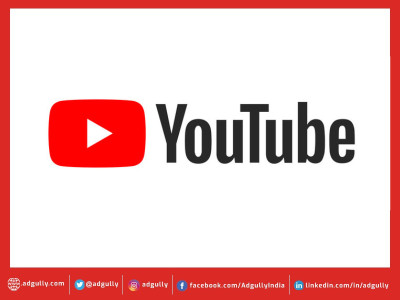


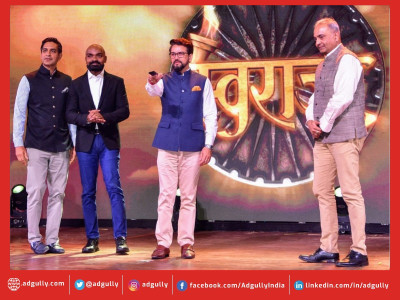
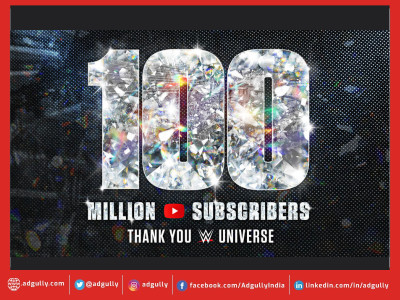

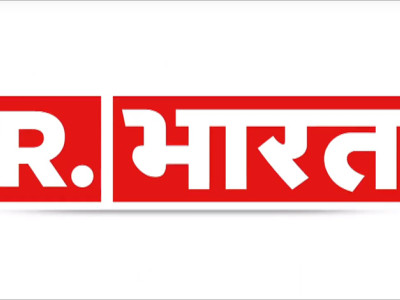

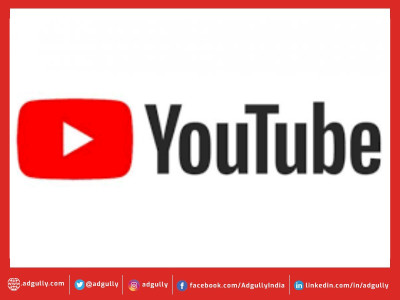


Share
Facebook
YouTube
Tweet
Twitter
LinkedIn